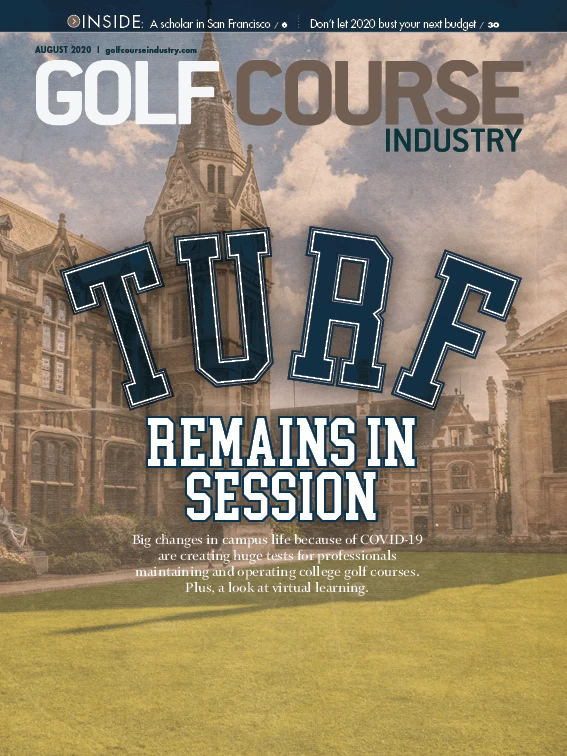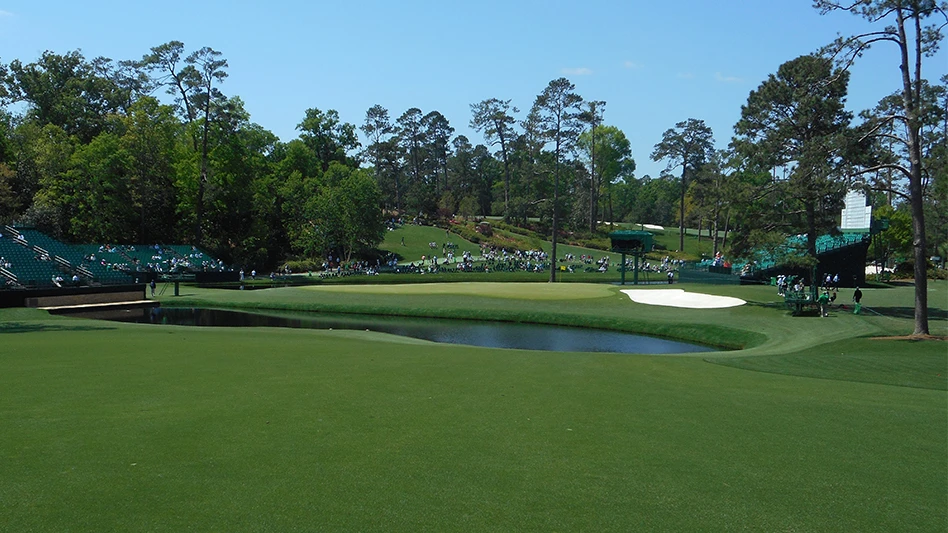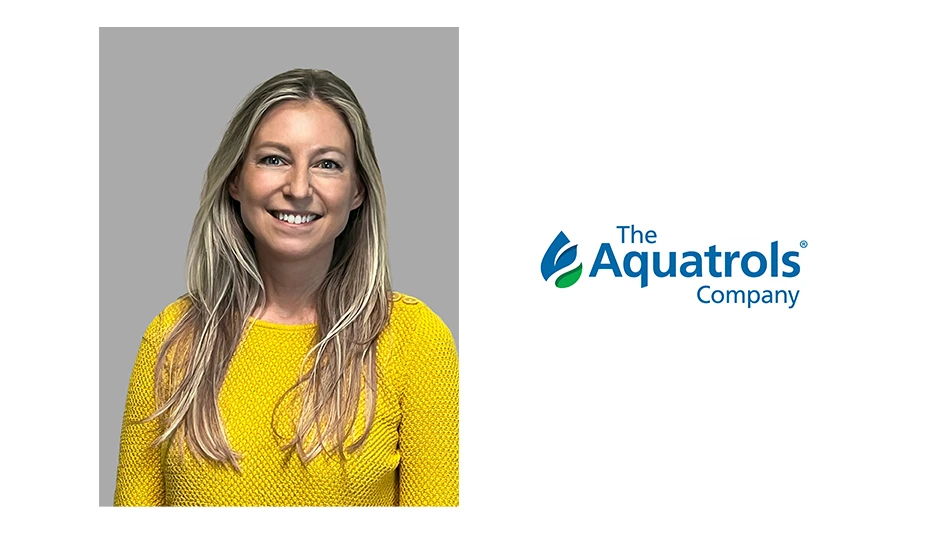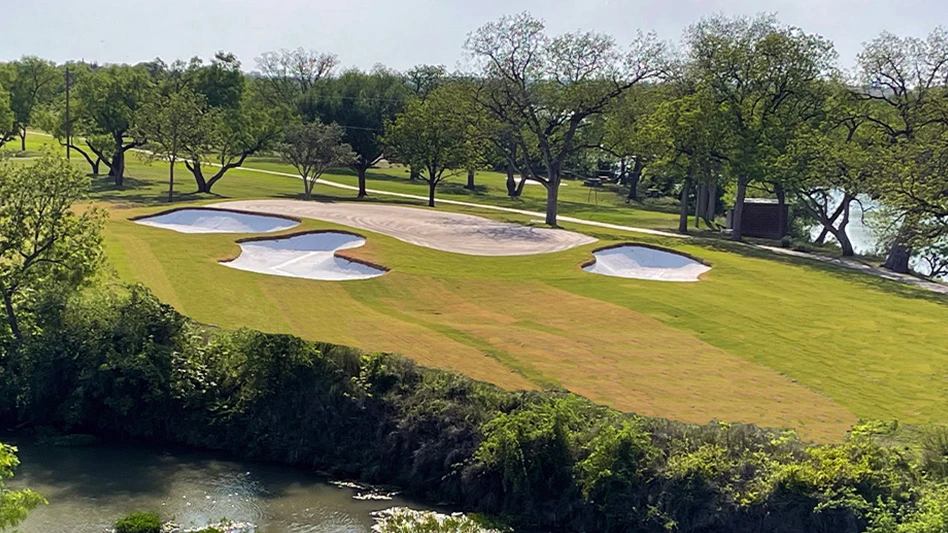
Florida is the land of oranges and sunshine, at least according to the standard state license plate. Florida is the land of golf courses, too, with more inside its borders than any other state, and whenever you walk around Palm Beach Par 3 — and yes, you should walk if you can — you will find plenty of sunshine splashing off the surfaces of both the Atlantic Ocean and the Intracoastal Waterway, though precious few oranges. Those two nautical bodies also provide some of the more incredible backdrops available on any course in the country — championship length or short, private or public — their absolute borders limiting the layout and enhancing the beauty of Palm Beach Par 3.
The 18-hole course measures just 2,572 yards, with no hole longer than 211, all of it packed into 39 acres that straddle State Route A1A. If you discount its distance, you’ll miss out on a pristine and popular gem.

The parking lot, tee sheet, course and even the clubhouse restaurant were all filled during a Thursday afternoon visit in January. The sunshine was perfect. Tim Campbell, who arrived as the superintendent in 2005 and worked through a Raymond Floyd redesign three years later, says the course was on pace for a record year before the COVID-19 pandemic shut down operations for six weeks in April and May.
“I feel like people want us to be up to the standard of the private clubs in the area, and I feel like we’re held to a higher standard because of that,” Campbell says. “I have some great clubs to the north and the south of me that are private” — all of them championship length — “and I want people to come here and think they’re at a private club. I want them to look at the conditions and say, ‘Wow, we’re getting the same thing we would get at the local private club down the street.’”
Campbell is not the only short course superintendent working with that philosophy. Short courses are booming, with more construction and seemingly more rounds in recent years than at any point in American golf history. Premier destinations like Pinehurst Resort and Bandon Dunes have entered the conversation with their recent respective additions of The Cradle and Bandon Preserve, joining more exclusive short-course stalwarts like Augusta National and Pine Valley. Rounds at the facilities open to the public are almost always quicker and less expensive than a standard 18, and they can provide a more welcoming entry point for younger and new golfers.
“There are people who join golf every day, but there are just as many who quit golf that same day,” one prominent turf pro whose property recently opened a short course says. Short courses “give them a chance to stay in the game and enjoy it.”
Among the more prominent challenges for short course superintendents is the increased attention to detail. When your agronomic footprint is a fraction of a standard course, every inch is magnified. “I’m probably picking it apart every day because I’m always trying to make it better, just trying different things to improve it,” Campbell says. “I feel like that’s an important part of my job, to be able to constantly pick it apart to make it better.”
Campbell always wants to improve cart path edges and bunker edges, for instance. He always wants greens to roll better, “because paspalum is notoriously slow,” he says, “and you have to do a lot to keep the speed up.” He knows there is work to do on the pump station and the well head next year. He installed bee colonies in February. The first batch of honey has been selling out quickly in the pro shop. The project list could continue forever.

“I’ve always felt our shortcomings here were just in labor,” Campbell says. “You know how golf is, everything’s labor-intensive and the clubs that look really good have a lot of labor. Obviously, we’re trying to be smart with every hour of labor that we have, it just takes manpower to do things. I’m lucky that management above me is good, that my staff is good. I’m in a good situation.”
Campbell currently operates Palm Beach Par 3 with a crew of nine, a number that includes two town employees and one part-timer, with hours back up to pre-lockdown levels, and a recently approved budget will allow him to add another equipment operator starting in October. “The goal of that person will be to help us focus more on little details,” he says, “so that we can edge more, so that I can probably roll greens every day to make the quality better for when people come and play here. We can get to that private-club level a lot of days but I don’t feel like we can do it every day. This is going to get us to where we’re pretty close all the time.”
Palm Beach Par 3 has been in the game longer than most short courses, opened since 1961, and owned and operated by the town since 1973. Campbell, a dedicated triathlete who planned to participate in a Half Ironman this summer before the pandemic shut down just about all competitions, shows no signs of stopping.
“I’ve dreamed of being at a course where I could host a Tour event,” he says. “But when I came to work here, Tom Vlach told me, ‘Don’t get comfortable.’ That’s one of the reasons I think I pick this place apart, because I don’t ever want to get comfortable here. I want to constantly be looking to make it better. I want to come out and feel like it looks good, which I do, but I always want to try to figure out a way to make it look better.”
All for a perfect couple of hours on the course.

Explore the August 2020 Issue
Check out more from this issue and find your next story to read.
Latest from Golf Course Industry
- PBI-Gordon promotes Jeff Marvin
- USGA investing $1 million into Western Pennsylvania public golf
- KemperSports taps new strategy EVP
- Audubon International marks Earth Day in growth mode
- Editor’s notebook: Do your part
- Greens with Envy 66: A Southern spring road trip
- GCSAA’s Rounds 4 Research auction begins
- Quali-Pro hires new technical services manager





